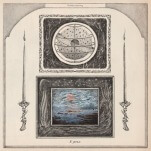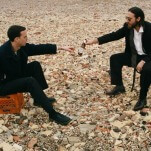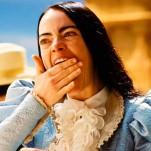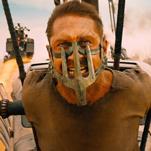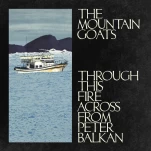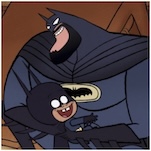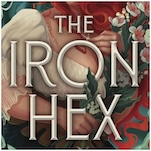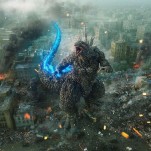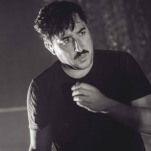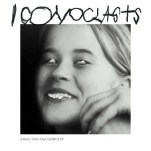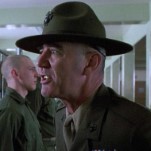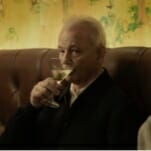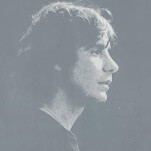Colombia and the Weight of History: 20 Years After Escobar
On July 2, 1994, Andres Escobar gathered his friends and stepped into Medellin at night. He needed to get out, be with people, let loose—he needed the catharsis of a club with music and drinks and dancing and friends.
Because, just six days before, Escobar had watched from the grass as his attempted sliding clearance redirected John Harkes’ cross past Oscar Cordoba in the Colombian goal, the terrible understanding writ clear on Escobar’s face. Escobar’s own goal would not only cost the Cafeteros the game against host nation USA, it effectively ended Colombia’s anticipated challenge for the 1994 World Cup.
-

-

-

-

-

-

-

-

-

-

-

-

-

-

-

-

-

-

-

-

-

-

-

-

-

-

-

-

-

-

-

-

-

-

-

-

-

-

-

-



